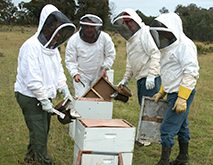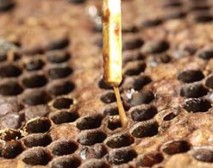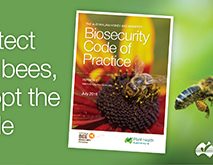12/09/2019 – 2:22 pm
PIRSA Biosecurity SA is reminding beekeepers to be on the lookout for American foulbrood (AFB) following a detection in hives in the Mount Barker area. AFB is a notifiable bacterial disease that kills honeybee brood, resulting in the weakening and eventual death of affected hives. General Manager of Plant and Food Standards at Biosecurity SA, […]
Read more





